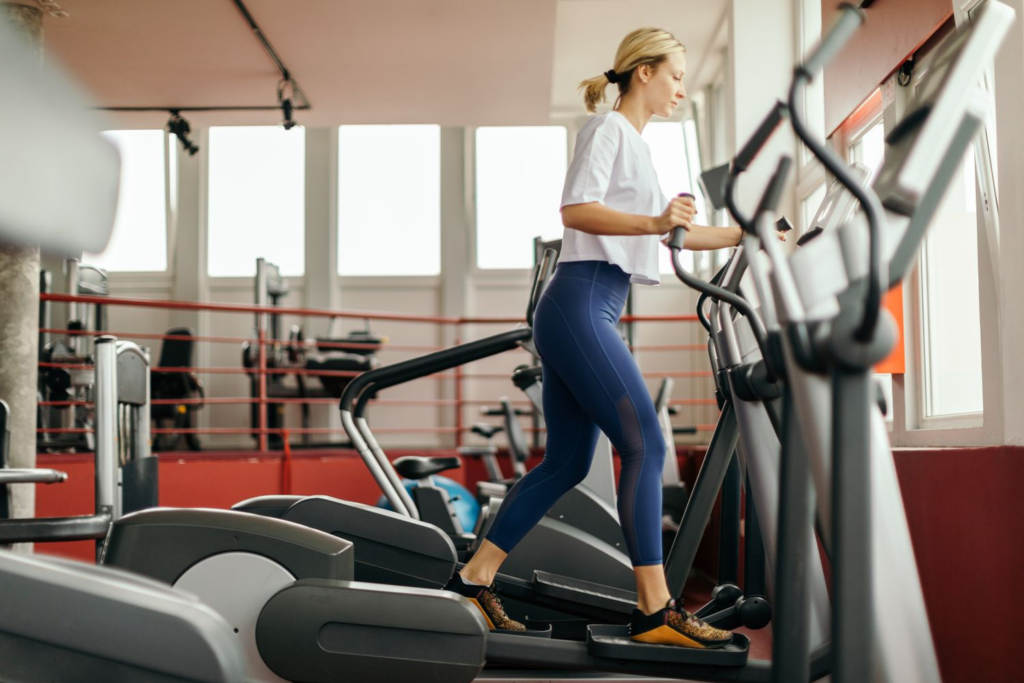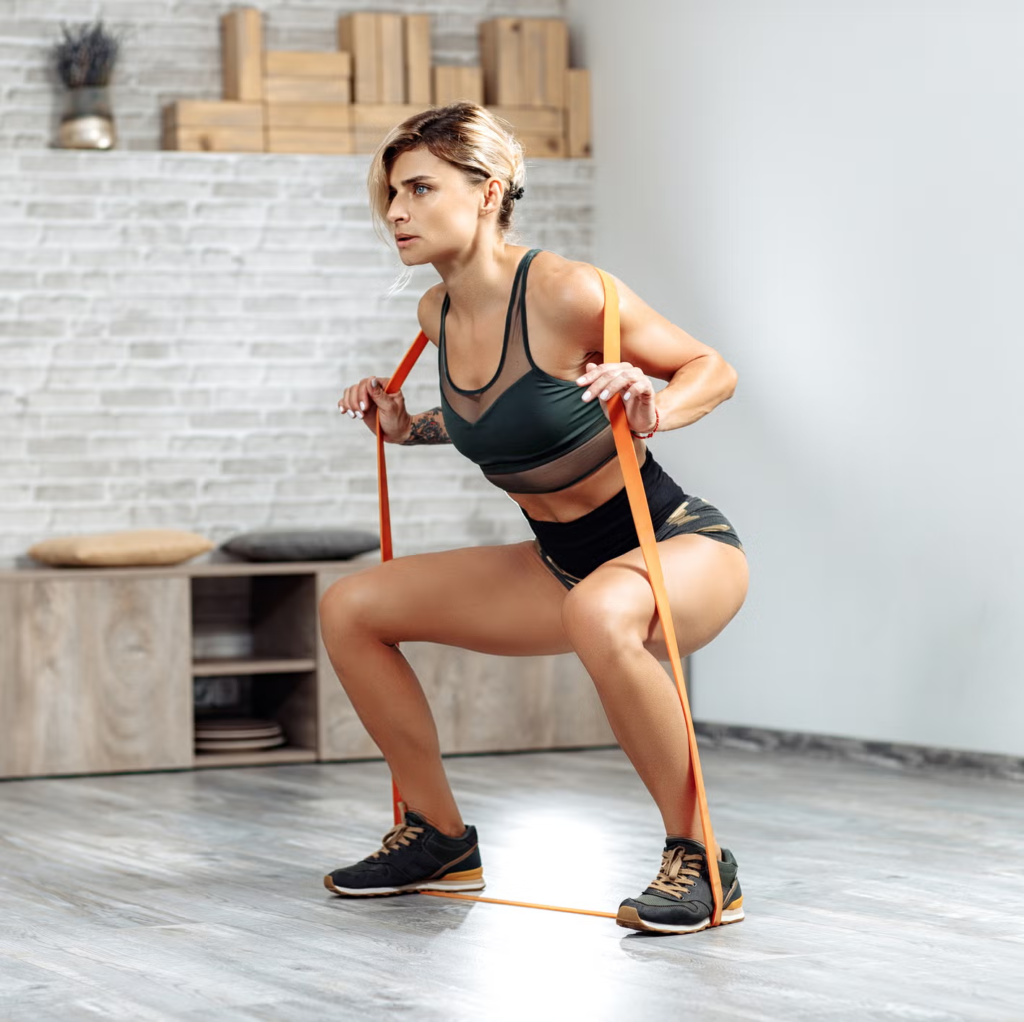Low Impact Workouts of People with Joint Pain

Low impact workouts of people with joint pain provide a sustainable path to better movement, decreased pain, and improved overall lifestyle. Choosing the right exercises protects vulnerable joints while building strength, balance, flexibility, and cardiovascular health. This article explains safe options, shows a sample routine, and offers practical modifications so readers can adopt low-impact training as a lasting part of their lifestyle.
Why low impact workouts of people with joint pain matter
Low impact workouts of people with joint pain reduce repetitive stress on cartilage and connective tissue, enabling movement without aggravating inflammation or causing further injury. Regular, joint-friendly activity supports muscle strength around joints, improves circulation, preserves range of motion, and reduces stiffness. For people with arthritis, recent surgery, or chronic joint sensitivity, low-impact choices protect joint integrity while delivering measurable fitness and quality-of-life gains.
Core principles for a joint-friendly lifestyle
- Emphasize consistency over intensity to create durable gains.
- Use pain as a signal: discomfort may be acceptable, sharp pain requires stopping and reassessment.
- Focus on controlled movement, alignment, and breathing rather than speed.
- Warm up and cool down each session to prepare tissues and reduce stiffness.
- Blend strength, mobility, balance, and low-impact cardio for a balanced routine.
Best low impact workouts for joint pain
Aquatic exercise and swimming

Water supports body weight and removes impact while offering gentle resistance. Swimming laps, water walking, and water aerobics build cardiovascular fitness and strengthen muscles without compressive joint forces, making aquatic workouts ideal for many joint conditions.
Cycling and recumbent biking

Biking provides repetitive, low-impact motion that improves hip and knee mobility and strengthens the lower body. Recumbent bikes reduce lumbar load and are often more comfortable for people with back or hip pain.
Elliptical training and low-resistance cardio

Elliptical machines mimic walking or gentle running mechanics without the landing forces of pavement. Low-resistance sessions on ellipticals or adaptive cardio machines maintain cardiovascular health while minimizing joint stress.
Walking with cushioning and progressive pacing

Walking is accessible and effective when adapted to joint needs. Choose softer surfaces, supportive footwear, or a cushioned treadmill, and progress distance and pace slowly to protect joints while increasing stamina.
Resistance training with bands and light weights

Strengthening muscles around joints reduces the mechanical load borne by cartilage. Use resistance bands, light dumbbells, and bodyweight movements like wall squats, glute bridges, and seated rows. Prioritize slow, controlled repetitions with good form.
Pilates, gentle yoga, and mobility flows

These modalities build core strength, balance, and flexibility in a joint-friendly way. Focus on modified poses, smaller ranges of motion, and breath-driven movement to support joint stability and an overall healthier lifestyle.
Tai Chi and balance-focused movement

Tai Chi improves proprioception, balance, and coordination while demanding minimal joint force. Regular practice reduces fall risk and fosters calm, sustainable movement patterns.
Chair-based and seated workouts

Seated routines allow safe progression for people with limited weight-bearing tolerance. Seated leg lifts, overhead presses, and marching in place maintain strength and circulation without stressing joints.
Sample 30-minute low impact workout for joint pain
- 5-minute warm-up: slow marching in place or gentle seated ankle pumps to increase circulation.
- 12-minute cardio: brisk walk, recumbent bike, elliptical, or water walking at a comfortable, steady effort.
- 10-minute strength circuit:
- Resistance band seated rows — 2 sets of 12
- Glute bridges or seated hip lifts — 2 sets of 12
- Wall push-ups — 2 sets of 10
- Chair-assisted mini-squats or sit-to-stand — 2 sets of 10–12
- 3-minute cooldown and stretch: hold gentle hamstring, calf, chest, and hip-flexor stretches for 20–30 seconds each.
Adjust sets, reps, and durations according to current pain and energy levels. Shorter, frequent sessions across the day are effective when longer workouts are not possible.
Modifications and safety tips
- Limit range of motion if a joint feels unstable or inflamed.
- Slow movement tempo to increase control and reduce impulse loading.
- Use supports such as resistance bands, chairs, and pool noodles for stability.
- Substitute high-resistance work with higher repetitions at lower load to build endurance without overloading joints.
- Avoid sustained joint positions that cause sharp pain; substitute alternative movements that work the same muscles.
- Consult a physiotherapist or certified trainer specializing in joint conditions for individualized programming when pain is persistent or functional limitations exist.
Recovery, lifestyle, and long-term joint health
- Prioritize sleep and hydration to support tissue repair and reduce inflammation.
- Use anti-inflammatory foods and a balanced diet to complement exercise efforts and support joint tissue.
- Incorporate regular mobility sessions and foam rolling to reduce stiffness and improve circulation.
- Build gradual progression into routines: small weekly increases in time or intensity prevent flares while producing measurable fitness gains.
- Monitor progress using functional goals like walking distance, ease of daily tasks, or reduced stiffness rather than only weight or appearance.
Choosing equipment and accessories
- Invest in supportive, cushioned footwear to protect joints during walking and light cardio.
- Keep resistance bands and a stability ball for portable, low-impact strength work.
- Use a recumbent bike or elliptical for safe cardiovascular training if walking causes pain.
- Access to a pool or aquatic center multiplies low-impact options for those with moderate to severe joint pain.
Final takeaway
Low impact workouts of people with joint pain create a practical, effective framework for maintaining fitness and improving quality of life within a joint-protective lifestyle. Thoughtful exercise selection, gradual progression, and attention to recovery transform gentle movement into powerful long-term benefits. Consistent, joint-respecting activity builds resilience, reduces pain, and supports independence for people managing chronic joint issues.

Janine Henni
October 11, 2025These low-impact exercises are so helpful! Great to see options that keep you active without putting stress on the joints. Perfect for anyone looking to stay fit safely.